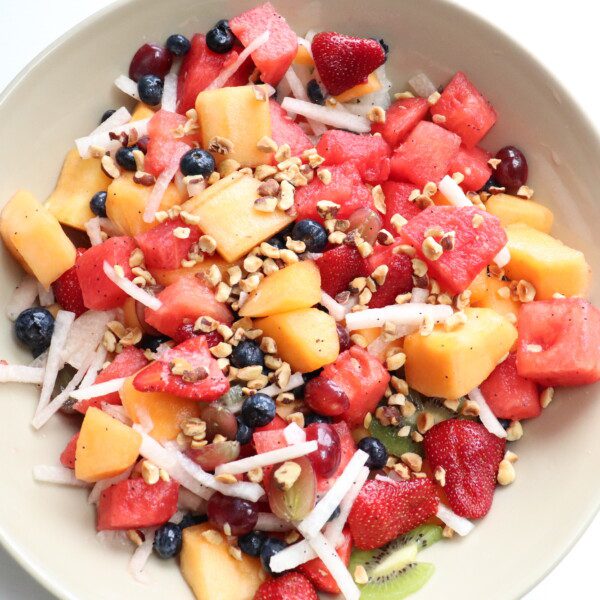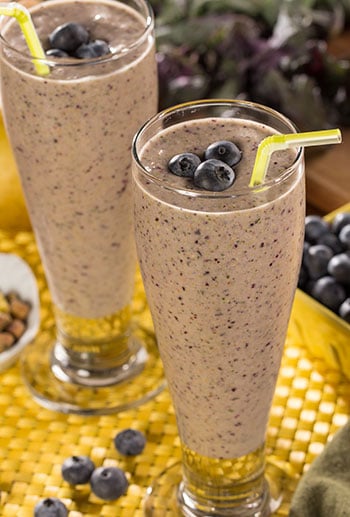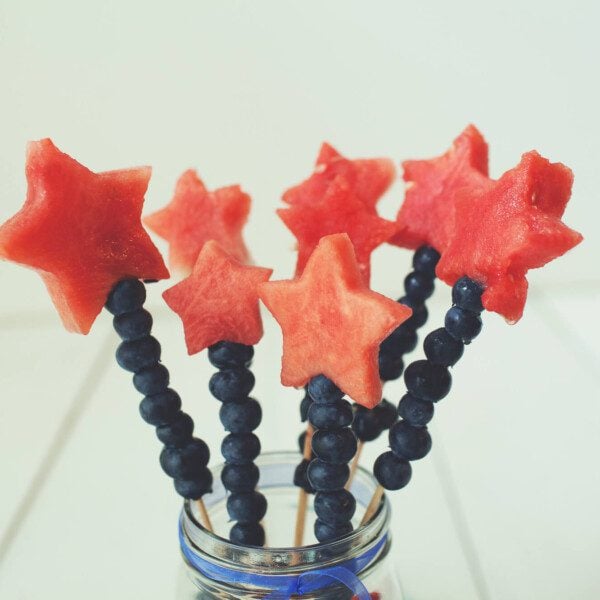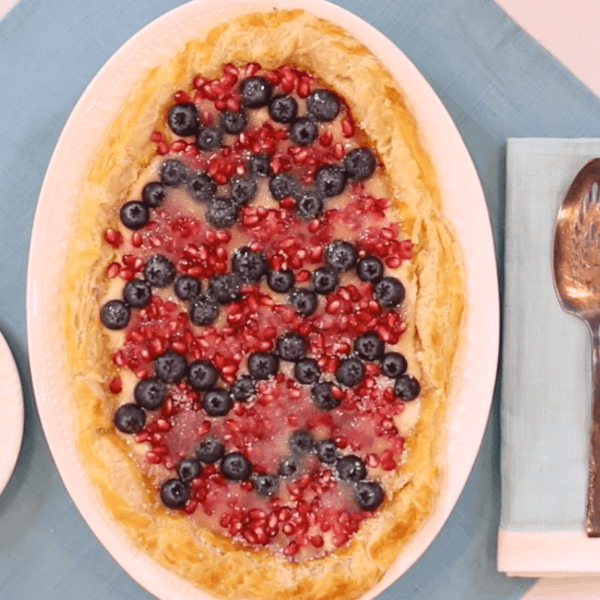How to Select Blueberries
- Select blueberries that are entirely blue. No hint of red should be present. A silver, shimmery coating on your blueberries is fine – it’s actually a natural protectant.
- Unlike some other fruits, blueberries do not continue to ripen after harvesting, so only purchase ripe blueberries in the store.
- Avoid soft, watery, or moldy blueberries. If buying packaged blueberries, check every side of the container for any sign of mold as well as stains and leakage – signs those blueberries are past their prime.
When are Blueberries in Season?
You can find and enjoy ripe blueberries year-round from your grocer or farmer’s market. Because of our effective world supply chain, blueberries are in season year-round. North American blueberries are harvested from April to September. We import blueberries from South America from November through March.
Varieties of Blueberries
There are five common varieties of blueberries:
Lowbush Blueberries
Lowbush blueberries fruit during the summer months and are about a quarter inch in diameter. These sweet blueberries appear dull dark blue to almost black with a faint white coating.
Northern Highbush Blueberries
The most common blueberries grown worldwide because they are disease resistant, highbush blueberries are self-fertile and have a larger berry. Northern highbush blueberries are grown in North America because of their high yield and large size.
Southern Highbush Blueberries
Southern highbush blueberries are hybrid varieties that produce berries in milder winter areas. These blueberries are large berries that are firm and full of flavor. They are generally grown in Florida and South America.
Rabbiteye Blueberries
Rabbiteye blueberries are grown in the southeast US and thrive in the hot summer heat. These blueberries have thicker skins, stone cells, and obvious seeds.
Half-High Blueberries
Half-high blueberries are a crossbreed between lowbush and northern highbush blueberries. These blueberries are medium size and can grow in low temperatures. Half-high blueberries are sweet, mild, and sky-blue in color.
Blueberry Nutrition Facts & Benefits
Considered a superfood, blueberries are packed with nutrients and many health benefits.
Nutritional Facts
Serving size: 0.5 cup
- Approximate 42 calories
- 0 grams of fat
- 1 gram of protein
- 11 grams of carbohydrates
- 7 grams of natural sugar
- 2 grams of fiber
Health Benefits
Why you should add blueberries to your healthy diet:
- A fantastic source of vitamins, minerals, and antioxidants, especially Vitamin K, promotes bone health and blood clotting.
- A study found that regularly eating blueberries can reduce the risk of cardiovascular disease, death, and type 2 diabetes.
- One cup of blueberries contains 24% of your daily Vitamin C, which can promote skin health.
Blueberries have folate that helps DNA repair and synthesis that can prevent cancer cells from forming.
How to Store Blueberries
- Blueberries can be refrigerated for up to a week. Keep them somewhere in your refrigerator where air can circulate. Avoid putting them in the crisper drawer.
- Blueberries should be stored dry. Avoid rinsing the berries until you’re ready to use them. If you have to rinse them, lay them out to dry before storing them again.
- Blueberries are freezer-friendly: freeze them for a couple of hours on a baking sheet to allow them to become firm before transferring them to a plastic bag. They will keep for a few months when frozen.
How to Prepare Blueberries
Blueberries can be eaten raw or cooked. You do not need to seed, peel, trim or core this delicious fruit before you eat it. Here are a few food prep suggestions for how to prepare blueberries:
- Eating Blueberries Raw: Before you pop these tiny blueberries into your mouth or toss them into a salad or parfait, you’ll want to wash them thoroughly in a colander under cold water.
- Cooking Blueberries: Before you add blueberries to your favorite dish, you’ll want to wash them under cold water and pat them dry to remove excess moisture.
Preventing Mold in Blueberries: Blueberries can mold easily, even when stored properly. To prevent mold: soak the blueberries in a mixture of 1 part white vinegar to 3 parts water for a full minute. Then drain, rinse in cold water, pat dry completely and store in the fridge.
How to Serve Blueberries
Recipes
Blueberry Lavender Water
Recipes
Hazelnut Fruit Salad
Vegetarian
Lollipop Smoothie
Party Trays
Blueberry Monster Tray
Entertaining
Patriotic Fruit Wands
July 4th
American Flag Fruit Tray
Recipes
Watermelon Pizza
Recipes
Berry Parfait Popsicles
Recipes
Blueberry Guacamole
Recipes















